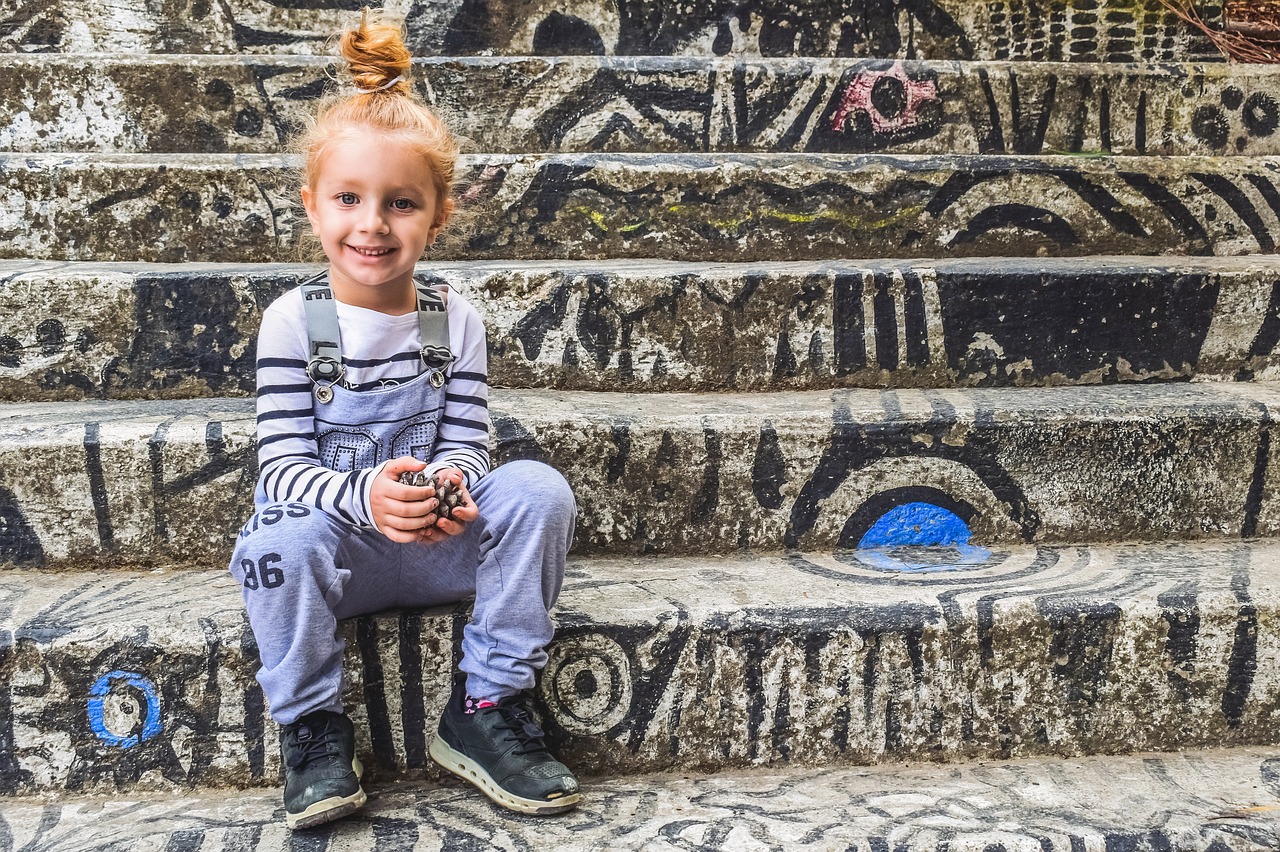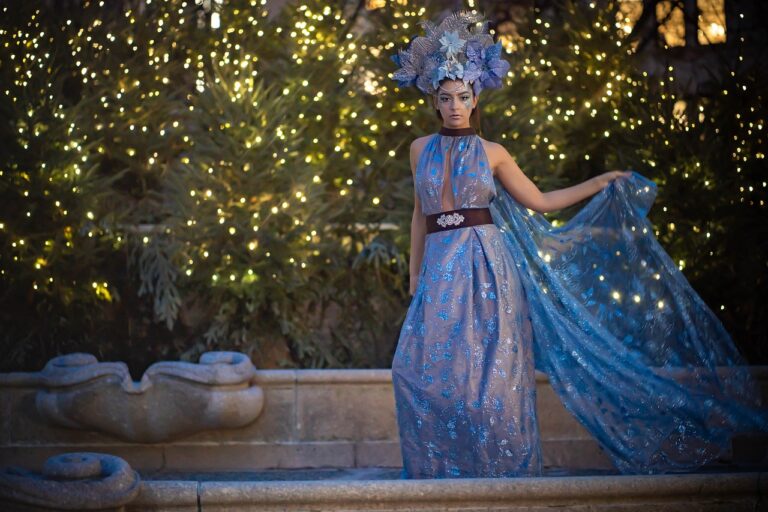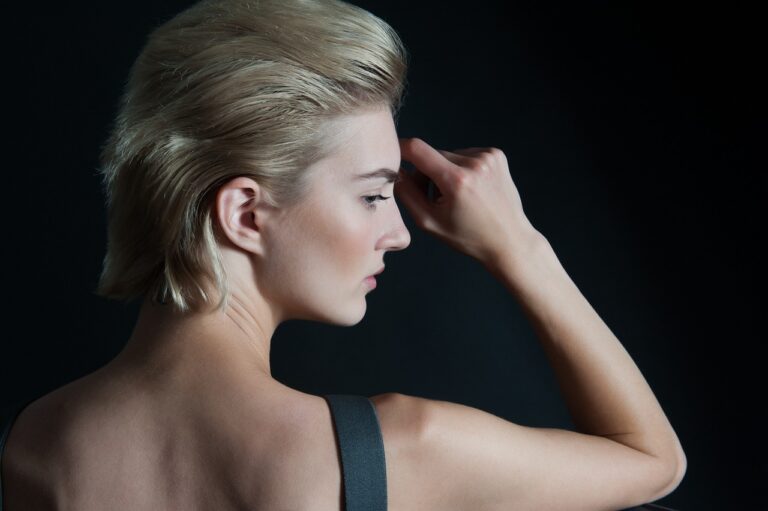The Psychology of Color in Fashion: How Different Hues Affect Mood and Perception
Color theory is a fundamental aspect of art and design that explores the impact of different hues on our perception and emotions. By understanding the psychological effects of colors, individuals can create powerful visual compositions that evoke specific feelings and moods. Colors can be classified into various categories, such as warm, cool, and neutral tones, each of which conveys distinct messages to the viewer.
Warm colors, including reds, oranges, and yellows, are known for their ability to evoke feelings of energy, passion, and warmth. These hues have the power to grab the viewer’s attention and create a sense of vitality and dynamism in a composition. In contrast, cool colors like blues, greens, and purples are associated with tranquility, calmness, and introspection. These tones are often used to create a serene and peaceful atmosphere in artworks, promoting feelings of relaxation and contemplation.
The Influence of Warm Colors on Emotions and Behavior
Warm colors such as red, orange, and yellow are known to evoke feelings of energy and warmth. These hues have the ability to create a sense of excitement and intensity in a space, making them ideal choices for areas where stimulation and activity are desired. In terms of behavior, warm colors are often associated with increased motivation and creativity, making them popular choices for workspaces and areas where productivity is key.
Research has suggested that warm colors can also have a significant impact on our emotions. For example, red is frequently linked to feelings of passion and intensity, while orange is often associated with enthusiasm and energy. Yellow, on the other hand, is known for its ability to evoke feelings of happiness and positivity. By understanding the influence of warm colors on emotions and behavior, we can better utilize them in our environment to create the desired atmosphere and mood.
Cool Colors: How They Create a Sense of Calm and Serenity
Cool colors, such as blues, greens, and purples, are often associated with feelings of calmness and serenity. These hues are believed to evoke a sense of tranquility and relaxation in individuals who come into contact with them. Their cool tones can help create a quiet and peaceful atmosphere in a space, making them ideal choices for bedrooms, bathrooms, and other areas where relaxation is key.
In interior design, cool colors are frequently used to make a room feel more spacious and airy. By painting walls in shades of blue or green, designers can give the illusion of a larger space, promoting a sense of openness and freedom. Additionally, cool colors are often chosen for spaces where concentration and focus are needed, as they can help create a Zen-like environment that is conducive to deep thought and contemplation.
• Cool colors, such as blues, greens, and purples, are often associated with feelings of calmness and serenity.
• These hues are believed to evoke a sense of tranquility and relaxation in individuals who come into contact with them.
• Their cool tones can help create a quiet and peaceful atmosphere in a space, making them ideal choices for bedrooms, bathrooms, and other areas where relaxation is key.
In interior design:
• Cool colors are frequently used to make a room feel more spacious and airy.
• By painting walls in shades of blue or green, designers can give the illusion of a larger space, promoting a sense of openness and freedom.
• Cool colors are often chosen for spaces where concentration and focus are needed.
• They can help create a Zen-like environment that is conducive to deep thought and contemplation.
What are cool colors and how do they differ from warm colors?
Cool colors, such as blues, greens, and purples, are on the opposite side of the color wheel from warm colors like reds, oranges, and yellows. Cool colors are often associated with a sense of calm and serenity, while warm colors evoke energy and excitement.
How do cool colors create a sense of calm and serenity?
Cool colors are typically soothing to the eye and can help create a sense of relaxation and tranquility. They are often used in spaces where people want to unwind and de-stress, such as bedrooms and spas.
Can cool colors affect our emotions and behavior?
Yes, cool colors have been shown to have a calming effect on our emotions and behavior. Research has found that people tend to feel more relaxed and at ease when surrounded by cool colors, compared to warm colors which can elicit feelings of excitement or energy.
How can I incorporate cool colors into my home or workspace?
You can incorporate cool colors into your home or workspace by painting the walls in shades of blues, greens, or purples, adding furniture or decor in cool tones, or using artwork with cool color palettes. These elements can help create a peaceful and serene environment.







